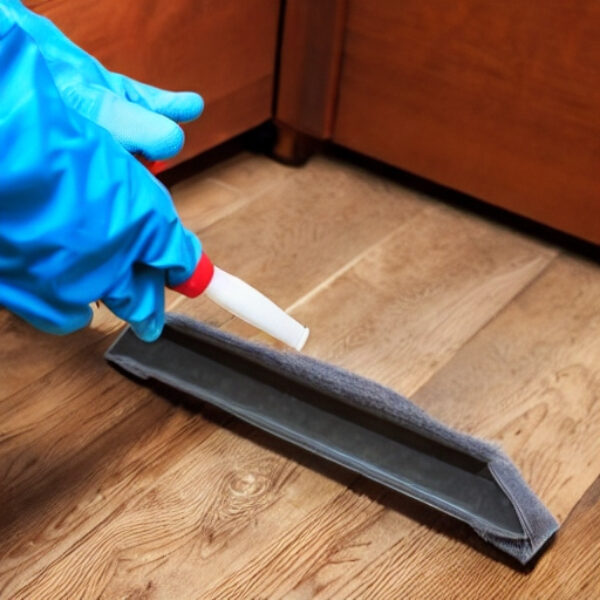Scaffolding is a vital part of the construction, whether for commercial or residential use. It provides the means to get work done on top of buildings and other structures without building them from scratch. The scaffold itself consists of a series of planks held together by metal rods called girders. There are many different scaffolds available, depending on what you need to do. For example, temporary stands can be used for one-off jobs, while permanent platforms are designed to last longer and are usually made from steel. This guide will cover some essential Scaffolding Safety tips:
- Have safety gears
In case of an accident, wearing the right gear can save your life. Ensure you have at least two pairs of gloves, eye protection, a hard hat, earplugs, long pants, sturdy shoes with good grip, and a first aid kit. Most scaffolds construction site accidents happen because workers don’t wear proper protective equipment. For example, if you’re working on a high building, make sure you wear a harness to don’t fall off the scaffold. If you’re working in a confined space, make sure you wear goggles to protect your eyes from flying debris. If you’re using a ladder, make sure you wear boots to don’t slip.
- Use the correct tools
The right tool for the job makes the difference between success and failure. You should always check that the scaffold has been correctly assembled before use. If not, you could end up injuring yourself or damaging the structure. Make sure you have the right tools for the job. For example, if you’re installing scaffolding around windows, you’ll need a window board to attach to the wall. If you’re putting up a structure over a balcony, you’ll need a step ladder. Don’t just grab any old piece of wood or metal – make sure it’s strong enough to hold the weight of whatever you’re going to put on it.
- Keep the area clean
It may seem obvious but keeping the area clean helps prevent accidents. When you’re working on a scaffold, make sure you keep your hands away from moving parts and stay clear of anything that might trip you up. Some scaffolding companies typically provide cleaning services after each project. However, this isn’t always possible. In these cases, you should ensure that you clean up after yourself.
- Check the weather forecast
Weather conditions can play havoc with scaffolding. Rainy days mean slippery surfaces and wet ropes. Windy days mean loose materials are blowing about. Strong winds can cause trees to sway and branches to snap. Check the forecast before setting out to avoid getting caught out. Remember, prevention is better than cure when it comes to scaffolding safety. Take care!
Conclusion
Scaffolding is an essential part of construction projects. Whether you’re building a house, office block, or shopping mall, you need to know how to set it up properly. Follow the above tips to help reduce the risk of accidents and injuries. Scaffolding is a valuable asset to any construction company. With the proper training and experience, you can quickly learn how to assemble and dismantle scaffolding safely.

